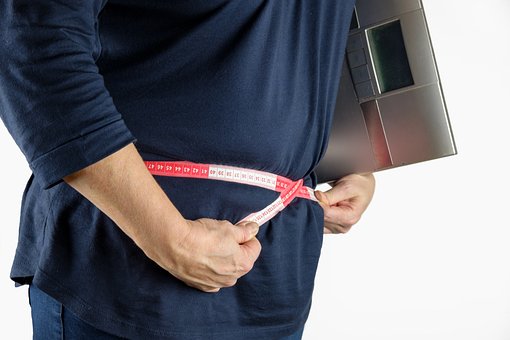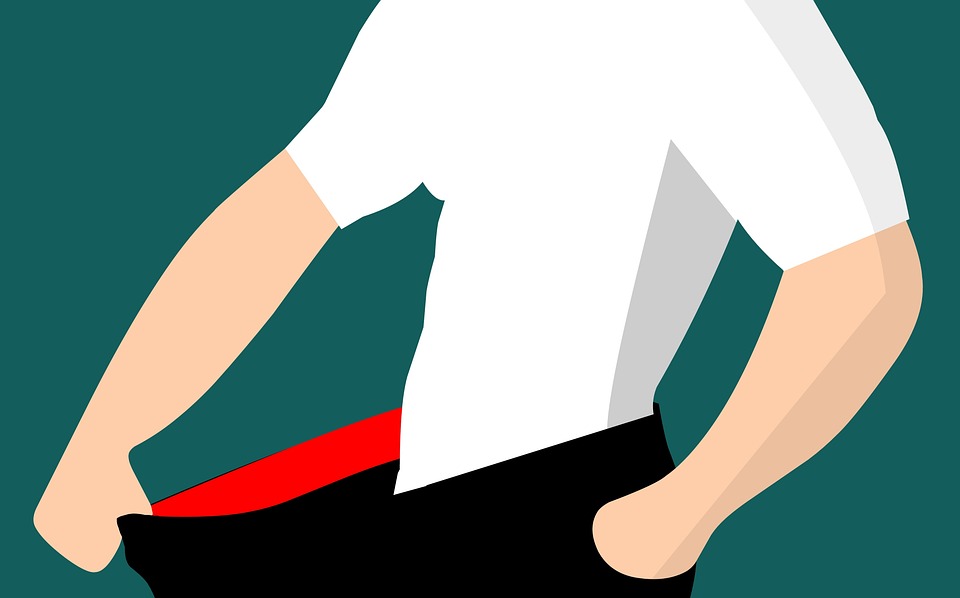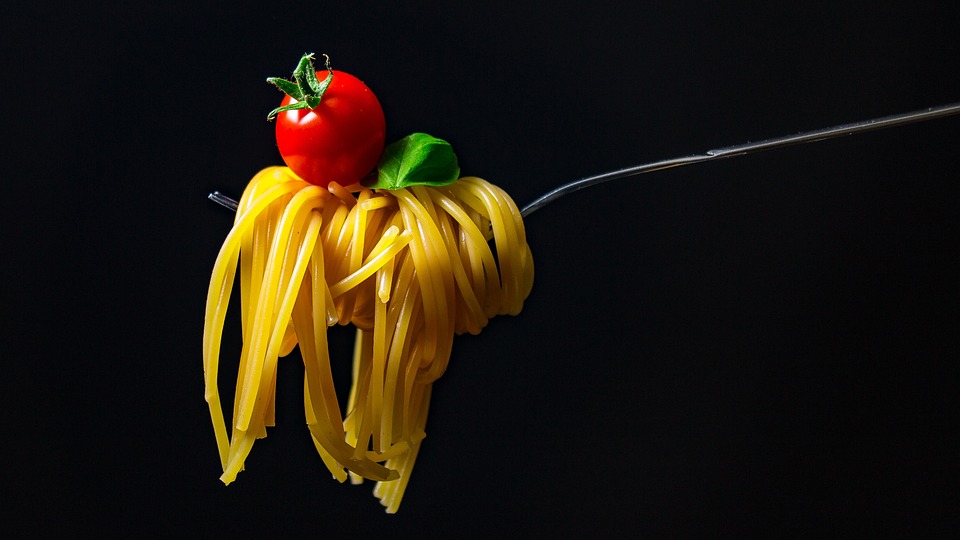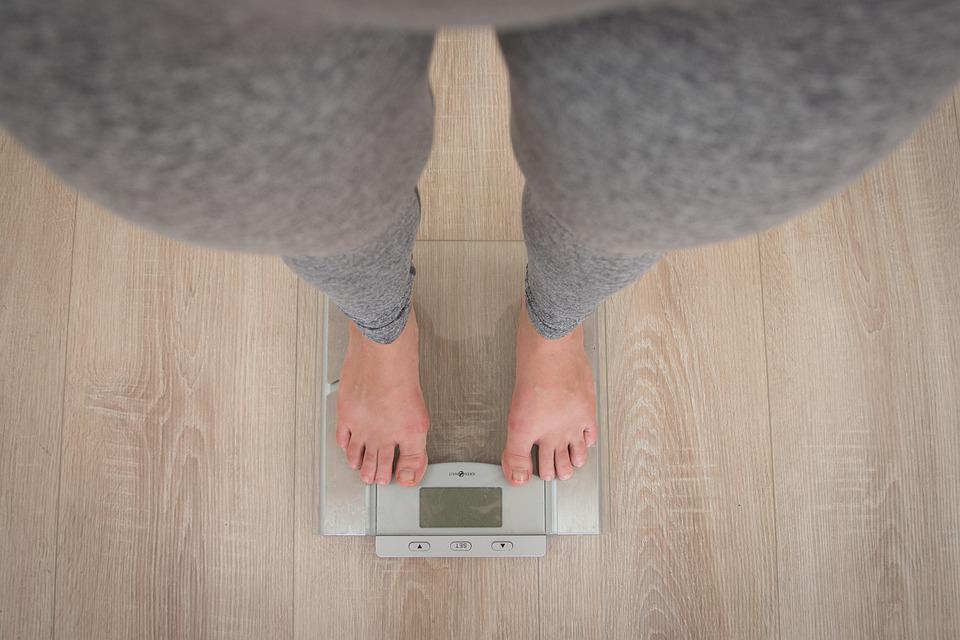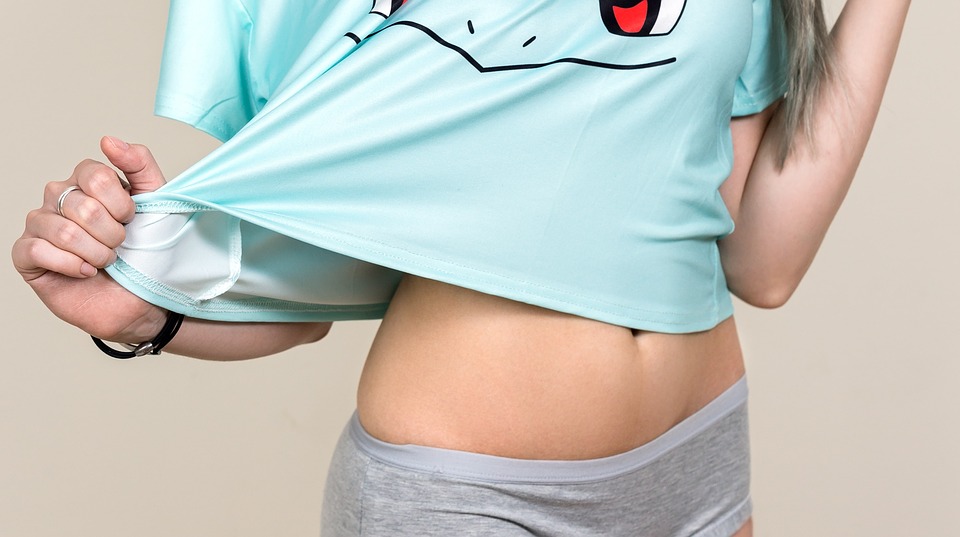
With a reverse diet, you slowly add calories back into your diet instead of taking them out. A reverse diet is a diet in which you slowly add calories back into your diet instead of taking them out. Instead of reducing calories over a period of weeks in order to lose weight, a reverse diet has you slowly adding back the calories that you have removed, typically from carbohydrates and fat.
The purpose of the reverse diet is to gradually increase your caloric intake to maintenance levels or slightly above, without gaining a lot of fat in the process. Adding more calories to your diet should help to prevent any negative changes to your metabolism that you may have experienced while dieting.
Although it may sound easy, there is a right and wrong way to go about it when it comes to nutrition.
What a Reverse Diet Isn’t
A reverse diet does not mean eating a lot of food to gain back mass after dieting. It also does not mean eating any food with calories. A reverse diet is a method of slowly and controlled getting your body back to its original, efficient state over a period of time.
A reverse diet still involves tracking your intake. Eliminating all thoughts from the way you eat may not be as carefree as it seems, but it may be what’s best for you if you’re done with weight cutting and want to enjoy more calories. This will lead to higher performance in the gym.
How to Set Up a Reverse Diet
If you are familiar with losing weight for the summer or making weight for a powerlifting meet, the reverse diet process should be easy to understand. In essence, all you’re doing is retracing your steps. Here are those exact steps broken down for you.
Step 1 — Determine How You’ll Track
It is not going to be enough to rely on your memory. To successfully reverse diet, it is important to track your daily food intake in order to properly account for what you ate. While most nutritional tracking apps work just fine, the method you used to get down to your current weight is probably more effective.
Remember, though, that precision is key. If you want to gain weight slowly and without any extra fat, you need to carefully control how many calories you eat. Make sure you track diligently.
Step 2 — Figure Out Your Calories
If you’ve been dieting, you should have a good idea of how many calories you’ve been eating. But make sure you’ve been keeping track of your calorie intake and averaging your body weight for at least a week or two to get a more accurate picture of your nutrition.
If you want to gain weight, you need to eat more calories than you’re currently eating. The goal is to gradually increase your intake by a small amount, preferably one to five percent.
If you aren’t sure about your caloric needs, a handy calculator can help.
Step 3 — Set Up Your Macros
Protein is very important for people who are trying to lose weight because it helps maintain muscle mass and encourages growth. You should aim to consume 1.8-2.4 grams of protein per kilogram of body weight to ensure you are getting enough protein.
Fat is essential for healthy bodily function. Make sure that you are getting enough dietary fat in your diet by eating 20 to 35% of your total calories in the form of fat.
The last of your leftover calories should come from carbohydrates. However, there’s some flexibility here. You are free to modify the amount of fat, protein, and carbs you consume as long as you are hitting the minimum dosages.
Ultimately, a sample reverse diet for an 80-kilogram athlete, whose maintenance calories are 2600 per day, could look something like this:
- Total Calories — 2730 (+5%)
- Total Protein — 176 grams (2.2g/kg)
- Total Fat — 75 grams (25% total calories)
- Total Carbohydrate — 337 grams (the remainder of available calories)
Step 4 — Evaluate and Monitor
If you want to keep track of your reverse diet, weigh yourself every day and compute the average weight for the week. While it is normal to gain weight when you start eating more carbs, if you feel like you are gaining too much weight, you can adjust your intake.
You should weigh yourself in the morning after going to the restroom and before you eat or drink anything.
You can measure your progress in the gym by how you feel and how you look in the mirror. If you consume more calories than what you need to maintain your current weight, you should see an increase in your performance when lifting weights. A small surplus should not result in extra fat gain.
Benefits of a Reverse Diet
A reverse diet is not a solution to all your problems, but if it is well-planned it can help you a lot after a difficult weight cut and allow you to start working out again.
You Get More Food
If you add more calories to your diet, you’ll be able to eat more food. If you increase your calorie intake gradually, you will be able to prevent excessive weight gain while still enjoying your life and feeling good.
Mental Wellbeing
During extended periods of time when you are not eating enough calories, you may start to feel mentally exhausted. It can make you feel like you’re moving slowly, feeling tired, and easily annoyed. If you have been dieting for months, reverse dieting may help you safely return to your previous calorie intake. This may provide some psychological relief.
Steady Weight Gain
A lot of people make the mistake of going back to their old eating habits after finishing a diet, which causes them to consume way more calories than before. This typically results in rapid weight gain.
A well-planned reverse diet can help you eat more without gaining a lot of weight. If you take the time to slowly and carefully adjust to a new dietary protocol, it will be easier to stick to it in the long run.
Should YOU Reverse Diet?
Well, do you have trouble dieting? If so, then yes.
What is the reason that dieting is so difficult? There are many reasons why people may diet, including hunger, willpower, and social pressure. However, all of these reasons can be traced back to how bad the person believes their weight problem is. The harder it is to stick to a diet, the lower your calories have to be. If you reduce your intake of food, you will experience increased hunger levels – which isn’t pleasant. If you need to reduce your intake of food, it will take more effort to maintain your willpower – which is also unpleasant. If you’re trying to eat less, you can’t have an extra slice of your grandmother’s pie. That’s unfortunate, and she might disinherit you if she finds out. Each of these things could be improved by being able to diet on more food.
So, ask yourself :
- Are you failing to lose weight, even though you’re eating very few calories?
- Are you eating miserably low calories to prevent weight gain?
- Are you cycling between over-restricting and binging, getting all the downsides of dieting (hunger and discomfort) without the benefits (actual results)?
- Are you constantly hungry?
If you find yourself in any of the following situations, it is time to consider reversing your diet. But reversing isn’t all about fixing the doom-and-gloom! It can also be a positive step after dieting success, such as:
- If you’re coming off a diet and ready to eat more and jumpstart your metabolism.
- If you’re happy with your physique and just want to be able to eat more food.
Did you answer “yes” to any of the problems listed? If not, now is not the time to change that. Here are some things to keep in mind as you begin your journey to lose weight. point in your career Not everyone is able to find a successful career, but having a backup plan can be very helpful when you reach a point in your career where you don’t know what to do next.
Most people fail at weight loss because their diets were not good enough. They failed because their diets had no variety. The six-week challenge is over, you can’t just eat rice and fish forever. Reverse dieting changes that.
What to Expect While Reverse Dieting
In most cases, two results will follow if you consume more calories than you burn: You will add weight, and you will also end up with a higher calorie intake. The most difficult part for most people to accept is this. Why would you spend time purposely eating more and maybe gaining weight if your long-term goal is to lose weight? Because you have to set yourself up for success. If you want to achieve your long-term goal, you must be willing to do whatever it takes to achieve it. If you are struggling and cannot make any more progress, where else can you go for help? You have to be willing to gain a few pounds now to lose dozens more later.
(It’s worth talking about that a little more. Let’s get something straight: It’s not easy to forget about the scale or to convince yourself that it’s okay to gain a few pounds. We’re not saying it will be easy, but we are saying it’s necessary. Ultimately, the scale is a scale, so don’t do it for the number on the dial—do it for you! Reverse dieting puts the power back in your hands.
I’ll start again or reverse diet on Monday.” You might be tempted to use the excuse that you’ll “start again or reverse diet on Monday”, but try to resist this urge. I have an upcoming event that I want to lose weight for. After my diet is over, I’ll be very happy to eat whatever I want again. But it doesn’t work like that. There is always an event in the future that you would like to lose weight for. There’s always another event to set goals for. We would tell you to go for it if you did not need to reverse it. However, what you do now will determine what will happen after the wedding. If you continue to neglect your metabolism, it will become even more difficult to improve it later on. There’s never a “good time,” there’s just now.)
This process is designed to slowly and systematically prevent weight gain. In fact, many people don’t gain any weight at all!
In the rarest cases, people actually lose weight while reversing their diet. If someone is eating more calories than they were previously, but are still not gaining weight, it is likely because they are in a calorie deficit. Some people are lucky enough to lose weight even when they are reverse dieting. This happens because their metabolism is increasing faster than they are taking in macros, which effectively cancels out the surplus from the week before.
Don’t be discouraged Although it is understandable to want to lose or maintain weight while reversing diabetes, it is more likely that you will gain a small amount. Do not be discouraged. You may find it difficult to conceptualize putting your long-term goals ahead of your short-term fears, but it is worth considering as it could have a life-altering impact similar to going on a reverse diet.
What to Do After a Reverse
Your body doesn’t like mixed signals. If yo-yo dieting is not effective, then neither is switching back and forth between extremes. We advise people who are finishing a reverse diet to start a lengthy maintenance period immediately afterward. If you take your time with the reverse of your diet, your body will be able to recognize this as your new baseline. You will be able to maintain much higher calories than before.
How long to maintain? It seems that the longer the exposure, the better the outcome. If you want to make sure your results from reversing are good, the best option is to keep doing the same thing for the same amount of time you did it originally.
After Maintenance, you’ve opened a choose-your-own-adventure of possibilities:
Continue to reverse diet. If you have a calorie goal you want to reach or want to make it easier to lose fat later, keep climbing the mountain.
Switch to fat loss. With a strong metabolism, you can more easily lose weight by dieting. This is a great time to start working towards your long-term goal!
Switch to muscle gain. This avenue is always open to you. If you were worried that eating a lot would make you fat, you may find that your metabolism is more forgiving now. You will need to consume more food than your maintenance calories in order to build muscle. Some people may find this difficult, but others may not. Even though it may not be what you originally intended, there is no harm in trying to achieve muscle growth.
Maintain forever and ever. There’s no need to live your life in a state of financial deficit or surplus. Isn’t it the goal to like where you are? Maintenance is the promised land. If you’re able to look and feel how you want while still eating plenty of food, you’re winning at life.

